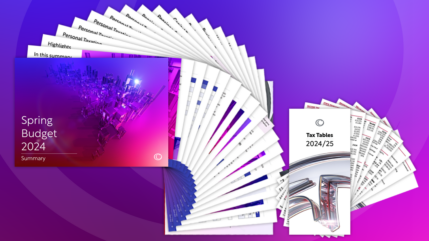Fears that the US may be about to default on its debt were alleviated this week as the House of Representatives passed a bill to suspend the debt ceiling – which currently sits at $31.4 trillion – to January 2025, thus avoiding any immediate danger of the US government not being able to repay its loans and the economy contracting as a result.
US stocks outperformed European and UK stocks during the month, aided by the US market’s concentration in tech stocks benefitting from the AI boom, with chipmaker Nvidia briefly becoming the ninth company in history to be valued at over $1 trillion.
In the UK, the Bank of England increased the base interest rate a further 0.25% to 4.5%. It also upgraded its forecast for the UK economy to grow by 0.2% in the first half of the year, compared to negative forecasts three months ago. Meanwhile, inflation declined from 10.1% at the end of March to 8.7% at the end of April. This is the biggest monthly fall in the Consumer Prices Index since April 1992, however the extent of the decline was still below expectations, which sent equity markets down and bond yields up. The FTSE 100 index lost 1.75% on the day while the UK 10 year gilt yield peaked at nearly 4.4% during the week.
Full round-up of May market performance
In the UK, the FTSE 100 index declined 4.93% while medium and smaller companies, measured by the FTSE 250 ex IT index and the FTSE Small Cap ex IT index respectively, lost 4.11% and 1.71% respectively. In the US, the S&P 500 USD index rose 0.43% while in Europe the Eurostoxx 50 EUR index slipped 1.86%. Japanese stocks measured by the Topix JPY index were up 3.62%.
Emerging markets returns were mostly negative, with the MSCI Emerging Markets index dropping 0.96% in local currency terms. Chinese stocks were among the biggest fallers, with the MSCI China CNY index declining 8.19%. Meanwhile Indian stocks measured by the Nifty 50 INR index rose 2.60% and Latin American equities, measured by the MSCI Latin America local currency index, crept up 0.20%.
In the fixed income market, UK government bonds, measured by the FTSE Gilts All Stocks index, fell 3.43%, with long dated (over 15 years to maturity) gilts sliding 6.56%. Sterling denominated corporate bonds, measured by the Markit iBoxx Sterling Corporates index, decreased 2.40%. In the high yield market, the Bank of America Merrill Lynch Sterling High Yield index returned 0.35%.
There were negative returns in the commodities market. The S&P GSCI USD index, which consists of a basket of commodities including oil, metals and agricultural items, slumped 6.11%. Crude oil futures tumbled 11.32% during the month. In the agricultural markets, corn and wheat futures conceded 6.60% and 4.11% in USD respectively. In the precious metals markets, the S&P GSCI Gold and Silver indices spurned 1.32% and 6.05% in USD respectively.
In the currency markets, it was a mixed month for the pound as it depreciated 1.00% versus the US dollar but gained 2.06% against the euro and 1.32% versus the yen.













